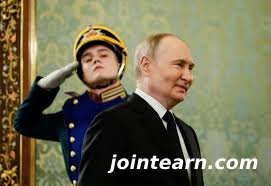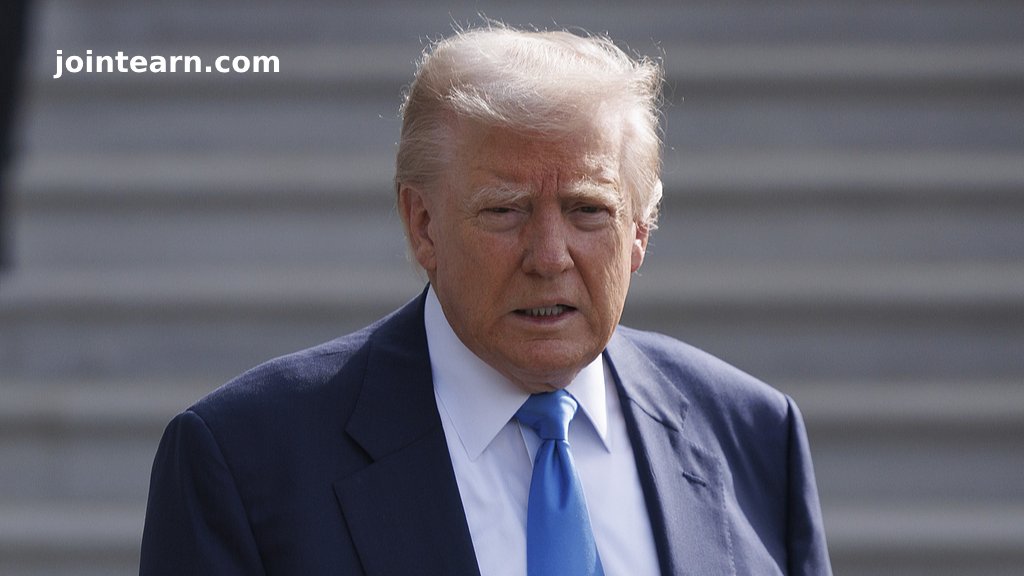Key Highlights:
- Kremlin awaits U.S. clarification on a proposed 30-day ceasefire in Ukraine.
- Russia insists any deal must reflect its military gains and security concerns.
- U.S. resumes military aid to Ukraine as peace talks continue.
Russia Seeks More Details on Ceasefire Deal
Moscow remains cautious as it awaits specifics from Washington regarding a proposed 30-day ceasefire in Ukraine. Senior Russian officials emphasize that any agreement must account for Russia’s territorial advances and security interests.
Following substantial Russian military gains in 2024, U.S. President Donald Trump shifted U.S. policy, suspending military aid to Ukraine and initiating direct negotiations with Moscow. However, after talks in Saudi Arabia, where Ukraine signaled support for a ceasefire, the U.S. agreed to resume weapons supplies and intelligence sharing.
Kremlin spokesperson Dmitry Peskov stated that Russia is carefully reviewing the meeting’s outcomes and is awaiting further details from U.S. Secretary of State Marco Rubio and National Security Adviser Mike Waltz.
Sanctions and Security Guarantees in Focus
When asked if Russia would link a ceasefire to the lifting of international sanctions, Peskov urged patience, stating that Moscow must first receive all relevant information before making a decision.
Rubio indicated that the U.S. is seeking a positive response from Russia, warning that a rejection would reveal the Kremlin’s true intentions. He also noted that European security guarantees and sanctions relief could be key discussion points.
Meanwhile, Ukrainian President Volodymyr Zelenskiy described the U.S.-Ukraine talks in Saudi Arabia as constructive, emphasizing that a ceasefire could lay the groundwork for a broader peace agreement.
Ukraine Faces Setbacks as Russia Advances in Kursk Region
As diplomatic discussions unfold, the battlefield situation remains tense. Reports indicate that Ukrainian forces are retreating from Russia’s Kursk region, with Moscow claiming new territorial gains. Military analysts and bloggers on both sides confirm Kyiv’s withdrawal, signaling a potential shift in the war’s dynamics.
Since Russia’s full-scale invasion of Ukraine in 2022, the conflict has caused hundreds of thousands of casualties, displaced millions, and led to the most significant Moscow-West standoff in six decades.
Putin’s Stance: Peace Talks, But on Moscow’s Terms
Russian President Vladimir Putin has repeatedly expressed willingness to negotiate but insists on a long-term security framework rather than a temporary truce.
Trump, who has expressed confidence in Putin’s sincerity, stated that he hopes Russia will agree to a ceasefire and intends to speak with Putin this week.
A senior Russian source revealed that while Putin is open to talks, he will not agree to a ceasefire without solid guarantees. The source cautioned that Russia’s strong military position must be reflected in any deal.
Another Moscow insider described the U.S. ceasefire proposal as a potential “trap,” suggesting that halting military operations without firm commitments could weaken Russia’s position and shift blame onto Moscow if hostilities resume.
Russia’s Conditions for Peace: Territorial Control and Security Guarantees
Russian officials maintain that any settlement must recognize Russia’s control over occupied Ukrainian territories.
Konstantin Kosachev, chairman of the Russian Federation Council’s foreign affairs committee, reiterated that agreements must be on Russia’s terms, emphasizing that real negotiations happen on the battlefield.
Putin has set clear conditions for peace:
- Ukraine must abandon its NATO aspirations.
- Kyiv must withdraw from all four Russian-claimed regions (Donetsk, Luhansk, Zaporizhzhia, and Kherson).
Currently, Russia controls approximately 113,000 sq km (44,000 sq miles) of Ukraine, including the vast majority of Luhansk and significant portions of Donetsk, Zaporizhzhia, and Kherson. Moscow insists these territories are now legally part of Russia, while Ukraine and its Western allies reject this claim as an illegal annexation.
Looking Ahead: Ceasefire or Continued Conflict?
The war, which began in 2014 with Russia’s annexation of Crimea, remains a flashpoint for global tensions. As ceasefire discussions continue, Russia’s military advances and strategic interests will play a decisive role in shaping the future of the conflict.












